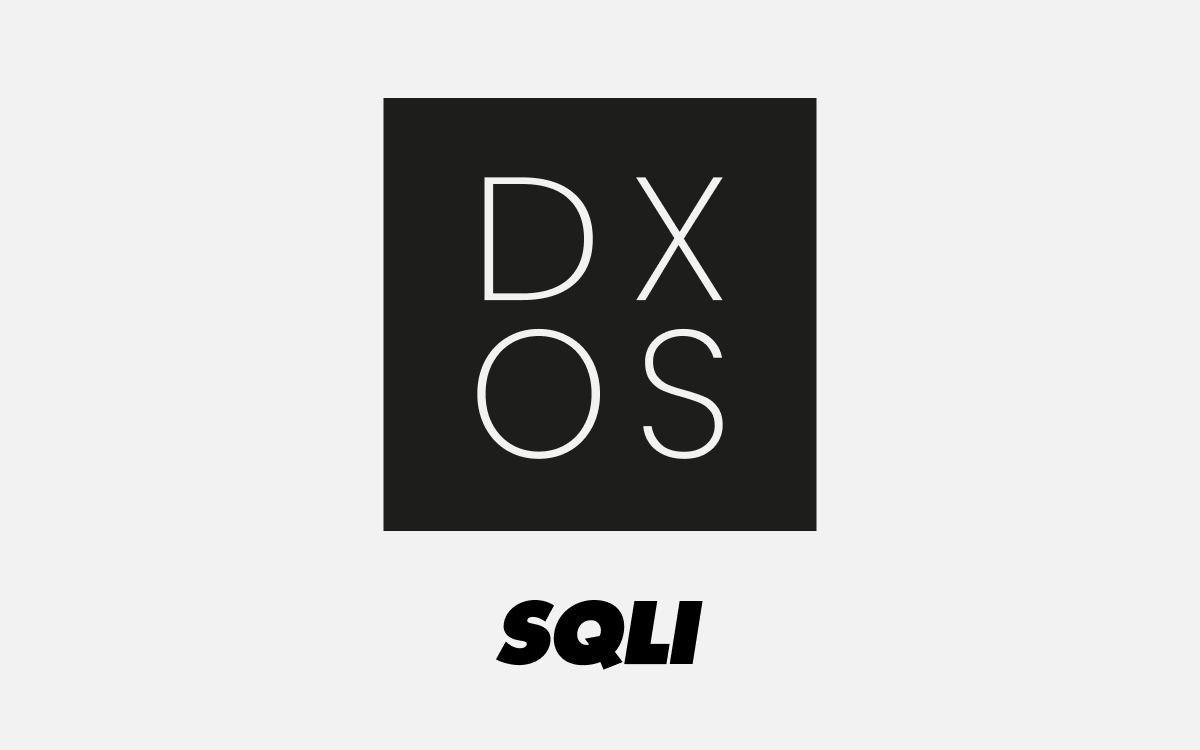
Building a Digital Experience Operating System for the future (DXOS)
If you’re a retail business, you’re also a technology business. It doesn’t matter whether you’re an online store that serves a massive global customer base, or a High Street stalwart with hundreds of locations, you’re not just a passive consumer of technology, but rather a creator of it.
You likely employ an in-house dev team to build the systems you need, and you routinely modify the off-the-shelf products to meet your business’s unique requirements. This isn’t new, or novel, or even really that interesting. It’s just part-and-parcel of being a retailer in the 21st century.
What is interesting is how retailers can structure their digital infrastructure for long-term growth, expansion, and flexibility. There are best practices, and one such example is the Digital Experience Operating System or DXOS.
Meet the DXOS
In layperson’s terms, when you structure your digital infrastructure as a DXOS, you’re taking a composable, API-centric vision for your product. Rather than rely on a single monolithic structure for all (or a large proportion) of your tech stack, you choose the right tools for the job and interconnect them.
This approach doesn’t merely help online retailers become more agile, making it easier for them to address new opportunities and challenges, but it also alters how they treat the software lifecycle.
“In the past, when a retailer created a digital solution, it would have a specific purpose and a specific set of features. If a restaurant wanted to create a website, for example, the main feature would be a way to take bookings. They’d build that and be finished,” said Pete Youell, Group CTO at SQLI.
Now, that almost feels antiquated. The same website today would include a loyalty program, a storefront, and a membership program. It would take payment, handle larger amounts of customer data, and more. Crucially, that website wouldn’t just be perceived as a tactical tool that solved a specific problem, but a strategic part of how that business markets, engages, and expands.
“A DXOS is basically how we deploy the various components that handle these requirements. Instead of having a single pointed solution, we’re creating something that ties together multiple products that, collectively, can meet the consumer's expectations,” Youell added.
Why the operating system metaphor? Because it’s a universally recognisable example of a product that consists of multiple separate elements working together. Whether you use MacOS or Windows, they all include the same elements. Your OS has a part that handles the GUI (graphical user interface), another that organises the files on your hard drive, some code that handles Wi-Fi and networking, and so on.
The same is true of a DXOS. In addition to the customer-facing front end, you might have a component that handles payment processing, another that manages inventory, and something that can create inventory. These components are interconnected, but they’re also separate. And so, they can be replaced or upgraded over time, or supplemented with other tools that provide additional functionality.

Building a great DXOS
As Youell explained, there’s no hard-and-fast rule about what makes a DXOS. It’s subjective, not prescriptive. And that’s because your DXOS should reflect your needs, and not those of another business.
That said, the best DXOSs have one thing in common: they’ve placed interoperability front-and-centre of their design.
“The most important part of a DXOS is the API layer that you build. This is how you interact with the DXOS’ building blocks — the components you’ve bought or created to accomplish specific tasks. Having a flexible and capable API layer means your front-end, be that a website or an app, can do the things that really deliver business value,” said Youell.
This API layer isn’t necessarily the most technically complicated element in the DXOS, but it demands careful thought with respect to design, governance, and management.
“Writing the code, that’s the easy bit,” said Youell. "It’s governance and management where complexities come in. Whenever you’re building an API, you need a lot of oversight. You need to think about how it will develop, the requirements of any stakeholders, and its long-term maintenance. You need to think carefully about how it will evolve.”
Optimising your DXOS
A DXOS requires careful planning and thought. Building a digital platform using DXOS design patterns takes time — perhaps more time than a traditional “legacy” system. But the benefits outweigh the cost, especially over the long term.
“Using the DXOS model liberates businesses from the usual software lifecycle, where you build something, use it for five or ten years, and then replace it entirely with something new. Instead, you create an ecosystem that you never really have to throw away, but rather refine and improve over time,” said Youell.
“If you have to change something, or replace something, you’re only really replacing a specific component — not the entire platform. A DXOS is continuously evolving and improving, meaning it’s future proof,” he added.
In turn, this makes it easier for consumer-facing digital businesses to build the kinds of experiences that delight and engage, fostering real long-term loyalty and brand affinity.
“The whole concept of a DXOS is to allow digital platforms to keep pace with consumer expectations, which are constantly evolving. You’re not limited by what a monolithic platform can provide, but rather what you can build and interconnect. With a DXOS, everything is best-of-breed, especially those components that matter most to the customer experience” explained Youell.
That point ultimately defines why digital businesses should care about the DXOS model. It’s not merely concerned about improving developer agility or reducing long-term engineering costs — although these certainly matter. It understands that these two factors are intricately linked to customer happiness and are a necessary factor in building the kinds of digital-first experiences that captivate and succeed.

Want to know more?
If you want to learn more about the DXOS model and how this new approach to digital architecture can help your business, get in touch with the SQLI team for more info.